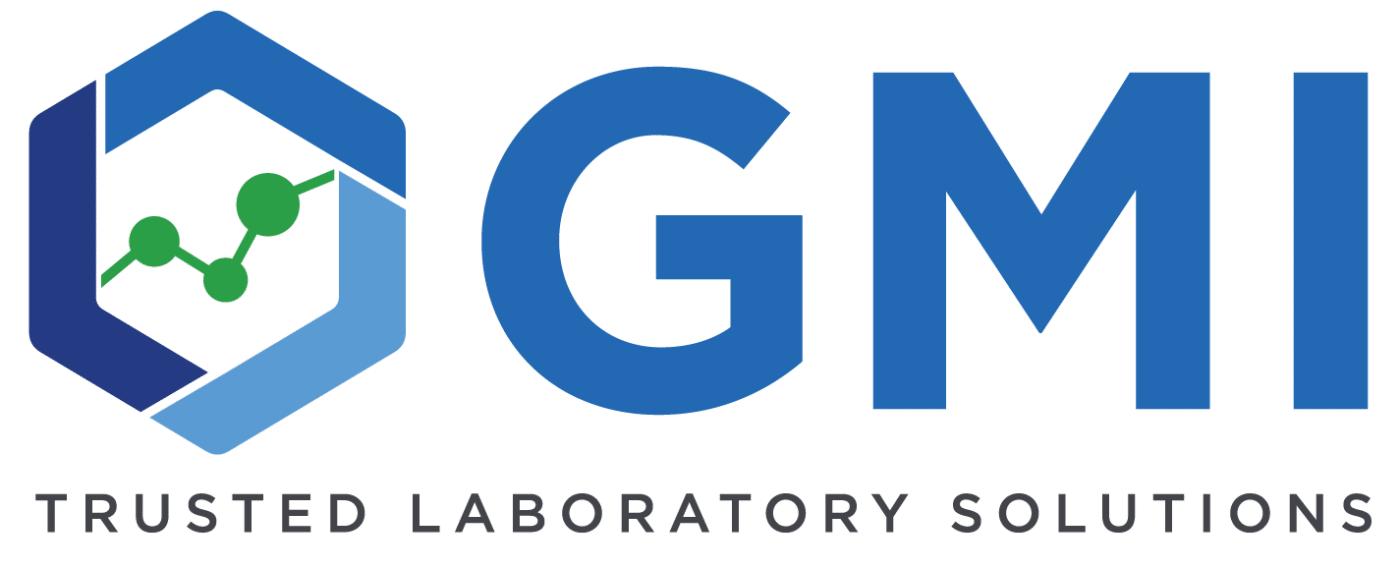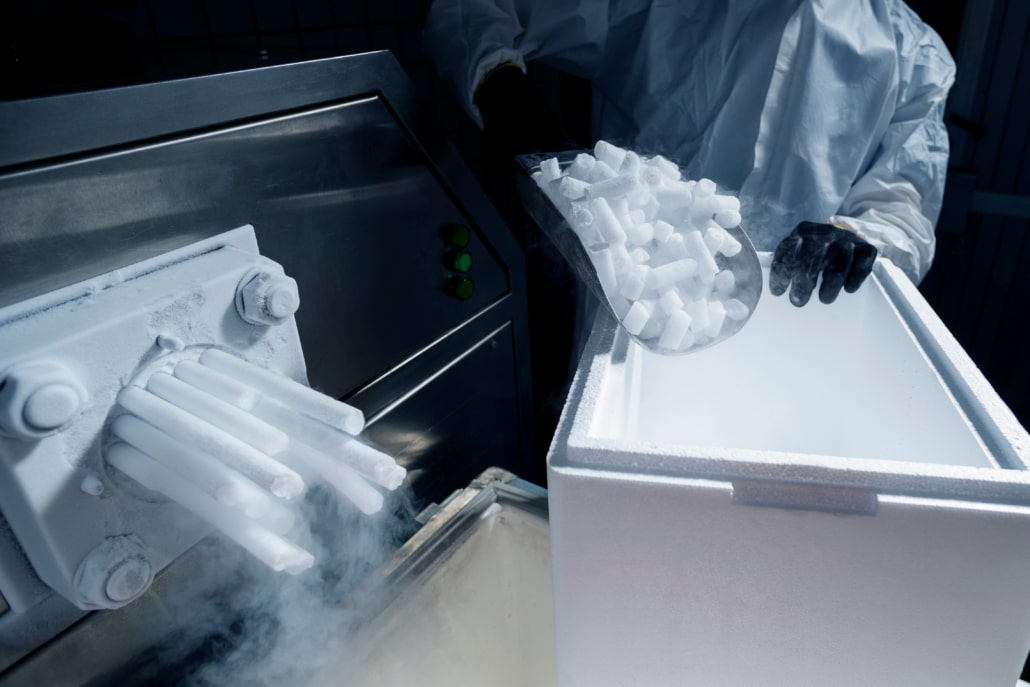No products in the cart.
New Laboratory Equipment
Dry Ice Supply Chain Going Dry
If you’ve been keeping up with logistics news, you might have heard of the dry ice supply chain, and how it’s taken a significant hit during the COVID-19 pandemic: with vaccines requiring temperatures as low as -70°C during transport and storage, the demand for a constant supply of dry ice really put a strain on its supply chain. On top of that, the drop in oil prices didn’t help either: Oil refinery plants produce a lot of CO2, which is then used in the production of dry ice. When oil prices dropped, production went down, and in tandem with it, dry ice production.
Dry ice is also used in food processing facilities, which includes but isn’t limited to wineries, meat processing facilities, and bakeries. It helps maintain critical temperatures which reduces spoilage during production, slows yeast growth which also delays fermentation, and inhibits the growth of different bacteria. However, the rapid and reproducible freezing of small samples isn’t the only use of dry ice: if you’re operating a rotary evaporator in your lab, you need a good coolant for your solvent to vaporize properly inside of the rotary evaporator. With the dry ice supply chain going dry, this might be an issue.
No dry ice and no coolants to replace with the Ecochyll X1 and Hydrogen
Traditionally, recirculating chillers have been the go-to for most labs dealing with dry ice shortages. However, chillers come with a prominent set of draw backs. First of all, they take almost forever to get cold (anywhere between 30 minutes to an hour), their cooling power decreases rapidly at lower temperatures, so achieving certain temperatures requires extremely powerful chillers with a substantial price tag, and they’re quite heavy and bulky. And they need a significant amount of coolant liquid, which is rarely water due to its relatively high freezing temperature (that and the risk of the inside of the chiller freezing up).
The Ecochyll X1 and the HYDROGEN by Ecodyst both bypass all these drawbacks.
“Since we switched to the EcoChyll X1, we can now avoid the use of dry ice for evaporating compounds. Sometimes there is no more dry ice in the building, and so that accelerates our research quite a bit. We don’t have to wait for dry ice to arrive, we can just keep working.” -Vincent Lindsay, Assistant Professor at NCSU
Here’s a bit more info on the Ecochyll X1 and the HYDROGEN:
| Ecochyll X1 | Hydrogen |
| Tankless Cooling System | Shortens run times |
| Cools to -10°C in 1 min and -40°C in 5 min | Cools to -10°C in 1 min and -40°C in 5 min |
| Footprint under 1 ft2 0.1 m2 | Reduces electricity consumption by 50% |
| No dry ice, no coolants to replace | Smaller footprint than a rotovap and chiller |
| Virtually no maintenance | Eliminates the need for all coolants and dry ice |


